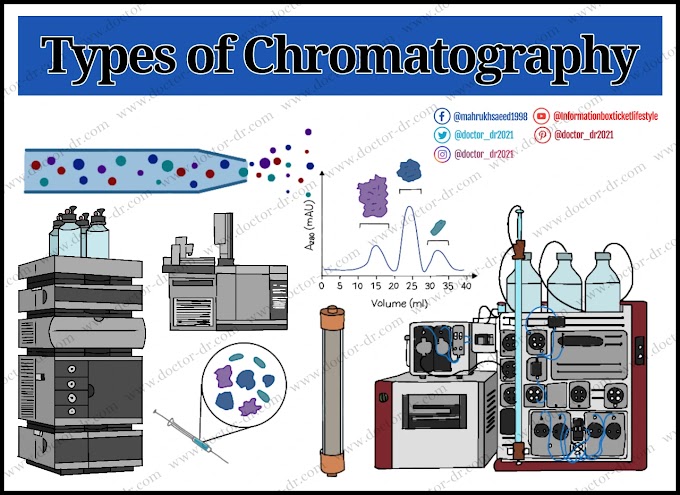Understanding the Elusive Nature of Chlamydia pneumoniae
Chlamydia pneumoniae is a unique and intriguing bacterium that has long captivated the attention of medical professionals and researchers. Derived from the Greek word "cloak," this microorganism is known for its ability to conceal itself within host cells, particularly those of the respiratory system. Unlike typical bacteria, Chlamydia pneumoniae cannot be easily identified using the standard Gram staining technique, as it lacks the thin peptidoglycan layer that is characteristic of Gram-negative bacteria.
Instead, this atypical bacterium must be visualized using a Giemsa stain, which reveals its distinctive blue or reddish-blue appearance. Chlamydia pneumoniae is a spherical, non-motile aerobe, meaning it requires oxygen to survive. Moreover, it is an obligate intracellular pathogen, relying on the resources of other cells to produce the energy it needs to thrive.
The Intricate Life Cycle of Chlamydia pneumoniae
Chlamydia pneumoniae's life cycle is a fascinating and complex process, involving a delicate dance between two distinct forms: the elementary body and the reticulate body. The elementary body is the infective form of the bacterium, a small, spore-like structure that is capable of entering host cells. Once inside the cell, the elementary body is encased in an inclusion vacuole, where it transforms into the reticulate body – a metabolically active, star-like form.
Using the resources of the host cell, the reticulate body undergoes a process known as binary fission, splitting into two identical reticulate bodies. This rapid multiplication continues until the host cell can no longer sustain the growing population of reticulate bodies. At this point, the reticulate bodies begin to convert back into elementary bodies, eventually causing the host cell to burst open and release a large number of infectious elementary bodies into the surrounding fluids.
This cycle then repeats, with the elementary bodies infecting new host cells and continuing the cycle of infection and replication. This intricate life cycle is a key factor in Chlamydia pneumoniae's ability to evade the immune system and cause persistent infections.
The Insidious Nature of Chlamydia pneumoniae Infections
Chlamydia pneumoniae is a formidable pathogen, capable of causing a range of respiratory illnesses, including the dreaded "walking pneumonia." Once the elementary bodies are inhaled and taken up by the epithelial cells in the lungs, the bacteria can wreak havoc, triggering inflammation and increased secretions in the airways. This, in turn, leads to persistent hyperresponsiveness of the airways, making it difficult for the body to effectively clear the infection.
Moreover, Chlamydia pneumoniae is not content to simply infect the lungs; it can also enter the circulation and contribute to the development of atherosclerosis, a leading cause of heart disease. When an infected individual coughs or sneezes, they release respiratory droplets containing the infectious elementary bodies, which can then be inhaled by others, perpetuating the cycle of transmission.
Interestingly, Chlamydia pneumoniae is a common cause of community-acquired pneumonia, particularly in the elderly population. This is due to the unique nature of the symptoms associated with this "atypical pneumonia." Unlike the severe symptoms typically associated with bacterial pneumonia, such as dyspnea, fever, and chest pain, individuals infected with Chlamydia pneumoniae may exhibit only mild, nonspecific symptoms, such as fatigue, sore throat, and a dry, hacking cough.
This can lead to a delayed diagnosis, as the patient may not feel particularly ill and may continue to function, earning the moniker "walking pneumonia." However, in older individuals, the symptoms can be more severe, underscoring the importance of prompt and accurate diagnosis.
Diagnosing and Treating Chlamydia pneumoniae Infections
Diagnosing Chlamydia pneumoniae infections can be a challenge, as the traditional Gram staining method is ineffective in identifying this atypical bacterium. The recommended approach is the use of a polymerase chain reaction (PCR) test, which can detect the presence of Chlamydia pneumoniae DNA in samples such as pharyngeal swabs.
Alternatively, the microimmunofluorescence test can be used to identify Chlamydia pneumoniae-specific antibodies in the patient's serum. This serological test is considered the gold standard for diagnosing Chlamydia pneumoniae infections.
When it comes to treatment, antibiotics play a crucial role in managing Chlamydia pneumoniae pneumonia. Azithromycin is the first-line therapy, while tetracyclines, such as doxycycline, can be used as an alternative, although they should be avoided in infants and pregnant women.
Key Takeaways about Chlamydia pneumoniae
- Unique Bacterium: Chlamydia pneumoniae is an atypical bacterium that cannot be easily identified using standard Gram staining techniques.
- Intricate Life Cycle: Chlamydia pneumoniae has a complex life cycle, alternating between the infectious elementary body and the replicating reticulate body.
- Respiratory Infections: Chlamydia pneumoniae is a common cause of "walking pneumonia," a mild form of pneumonia, as well as a contributor to atherosclerosis.
- Diagnosis and Treatment: Diagnosing Chlamydia pneumoniae infections requires specialized tests, such as PCR or microimmunofluorescence, and the primary treatment is with antibiotics, such as azithromycin.
Chlamydia pneumoniae is a fascinating and elusive bacterium that continues to challenge our understanding of respiratory infections. By delving deeper into its unique characteristics, life cycle, and the clinical manifestations of its infections, we can better equip ourselves to detect, manage, and ultimately overcome this sneaky pathogen.


~1.webp)



.webp)
